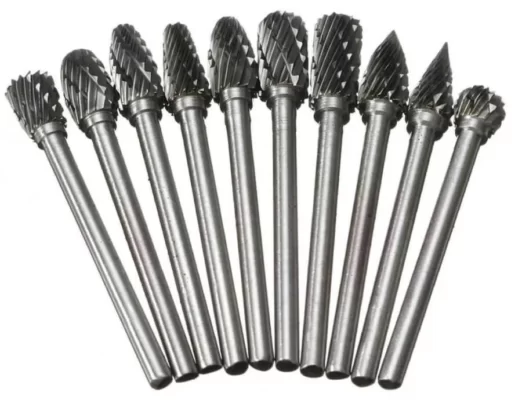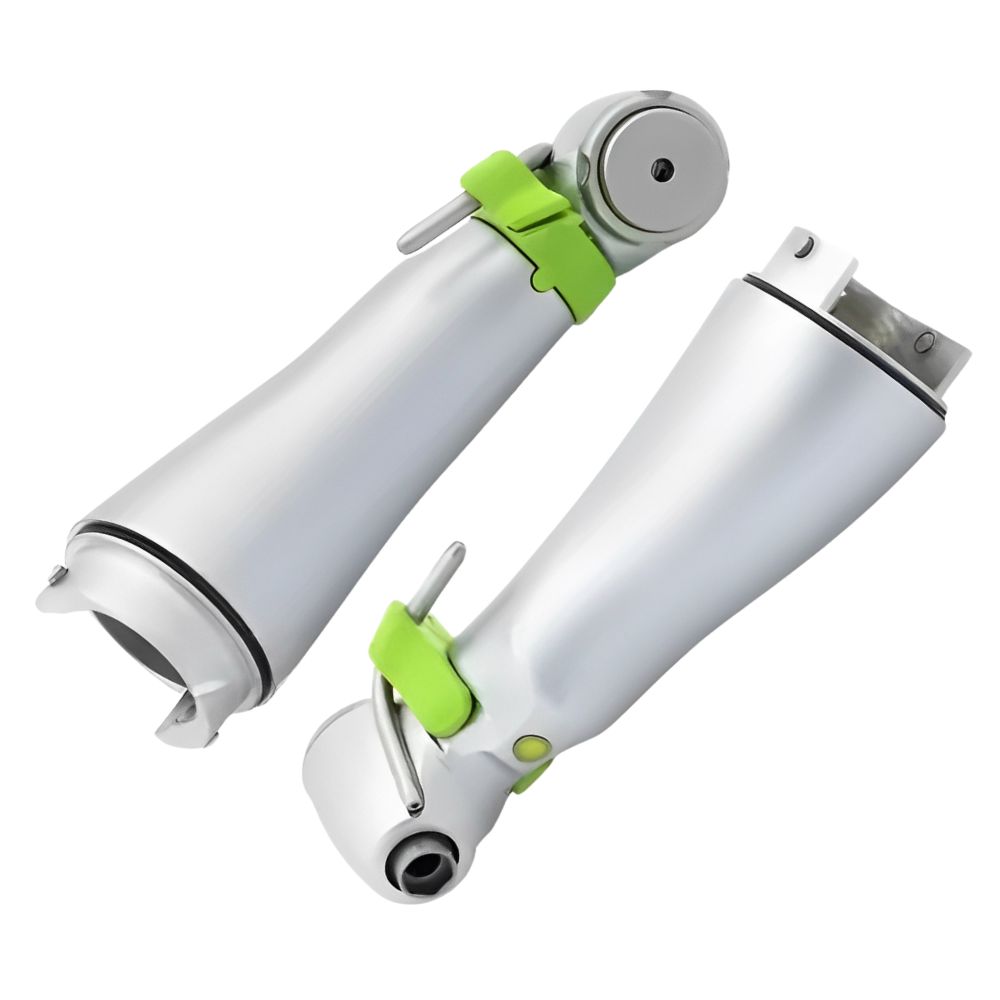Dental Drill
Dental Drill
Dental Drill is a mechanical device used by dentists to remove decay, alter prostheses, polish fillings, etc. It’s a hand-held device and from there the name Handpiece comes from.
Dental Handpieces have a small electric motor (micromotor) which powers the shaft used in various dental operations like cutting.
Evidence shows that bow drills were used in dentistry as far back as 7000 BC. In 1864, British dentist George Fellows Harrington invented the first mechanical drill, Erado. In 1875, George F. Green developed the first electrical dental handpiece, revolutionizing dentistry.
What is a Dental Handpiece/Drill?
A dental handpiece is a small handheld rotating device used for decay removal, polishing, shaping root canals, and more.

Different burrs attach to the shaft as needed, often made of tungsten carbide or diamond.
Types of Dental Drills / Handpieces
Based on Rotating Speed:
- High-Speed Dental Handpiece (up to 400,000 rpm)
- Low-Speed Dental Handpiece (up to 80,000 rpm)
Based on Design:
- Air-Driven Handpieces
- Electric Handpieces
Air-driven handpieces are faster and noisier; electric ones are quieter and mostly slower.
Main Parts of a Dental Handpiece
- Turbine Rotor: Main rotating part connecting to dental burrs.
- Bearings: Reduce friction; typically angular or deep groove types.
- LED/Xenon Bulbs: Provide light for visibility during procedures.
- Dental Hose: Supplies air, water, and electricity to the handpiece.
- Back Cap: Seals the rear end of the drill.
- Carbon Brush: Transmits current; newer motors are brushless.
- Keys & Wrenches: Used for assembly/repair.
- Other Repair Tools: Vary by brand and model.
- Chuck: Holds dental burrs in place.
Manufacturers of Dental Drills
Popular manufacturers include:
- KaVo
- NSK
- Sirona
- W&H
- Bien Air
- Castellini
- Fona
- Midwest
- MK-Dent
- Siemens
- BA International
- Star
- Faro
- Anthos
How to Clean a Dental Handpiece
To prolong the life of the handpiece and ensure safe use, follow these tips:
- Wipe down after each use
- Rinse under running water if visibly dirty
- Lubricate moving parts regularly
- Remove the burr after each use
- Never operate without a burr
- Sterilize routinely
- Remove bio-burden buildup
- Test on paper towel before use in mouth
Conclusion
Dental drills are complex and expensive. Proper cleaning and maintenance are crucial to extend lifespan and ensure safety. Advancements in handpiece technology continue to improve efficiency and usability.










